General distribution of Wolf Spiders
drawn after World Spider Catalog 7.0, maintained until 2014 by Norman Ira Platnick (December 30, 1951-April 8, 2020): Sarefo, CC BY SA 3.0, via Wikimedia Commons @ https://commons.wikimedia.org/wiki/File:Distribution.theraphosidae.1.png
100 baby spiders on her back: Female Wolf Spiders transport their hatchlings on their backs.
Grande Baie, Riviere du Rempart, northeastern Mauritius: Evan Bench (austinevan), CC BY 2.0, via Flickr @ https://www.flickr.com/photos/austinevan/2377059299/
Kauai Cave Wolf Spider, an eyeless spider native to Kauai, is known to locals as pe'e pe'e maka 'ole.
Kauai Cave Wolf Spider is found only in the lava tubes and cave-bearing rock in Kauai's Koloa Basin. The known population of perhaps fewer than 30 individuals regularly dwells in a single cave.
Kaua‘i cave wolf spider (Adelocosa anops): Gordon Smith, USFWS, Public Domain, via Wikimedia Commons @ https://commons.wikimedia.org/wiki/File:Adelocosa_anops.jpg
Considered to be North America's largest wolf spider, Carolina Wolf Spider also is recognized as state spider of U.S. state of South Carolina.
Female Carolina Wolf Spiders may attain a body length ranging from 0.87 inches (22 mm) to 1.4 inches (35 mm).
Carolina Wolf Spider (Hogna carolinsis) with fuzzy mouse: John (snakecollector), CC BY 2.0, via Flickr @ https://www.flickr.com/photos/8373783@N07/4688959049/
Wolf Spider, as seen within a home in Maricopa City, Pinal County, Arizona, measures roughly 1 inch (25 mm) while legs were retracted.
image obtained with Fuji S2000HD with super-macro setting under standard room lighting; Saturday, July 17, 2010, at 13:34: AlexanderESmith, CC BY 3.0, via Wikimedia Commons @ https://commons.wikimedia.org/wiki/File:Wolfspider-20100717.jpg
Kauai cave wolf spider (Adelocosa anops) was discovered in southeastern Kauai's Koloa District by entomologist Francis G. Howarth of Honolulu's Bishop Museum in 1971.
Arachnologist Willis John Gertsch (October 4, 1906 – December 12, 1998) of the Bishop Museum formally described the uniquely eyeless wolf spider in 1973.
Kauai cave wolf spider with spiderlings on back and abandoned egg case: Gordon Smith/USFWS, Public Domain, via USFWS National Digital Library @ https://digitalmedia.fws.gov/digital/collection/natdiglib/id/23451/


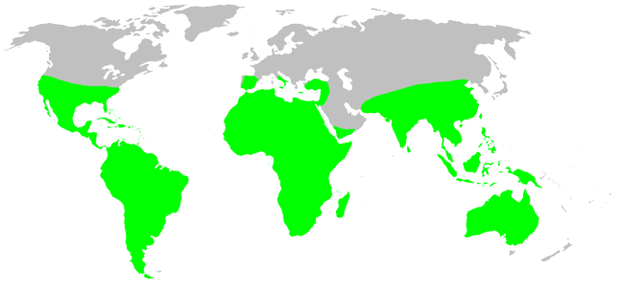
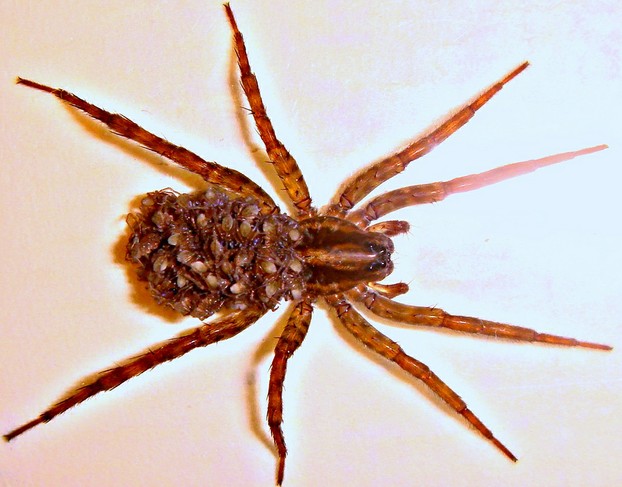
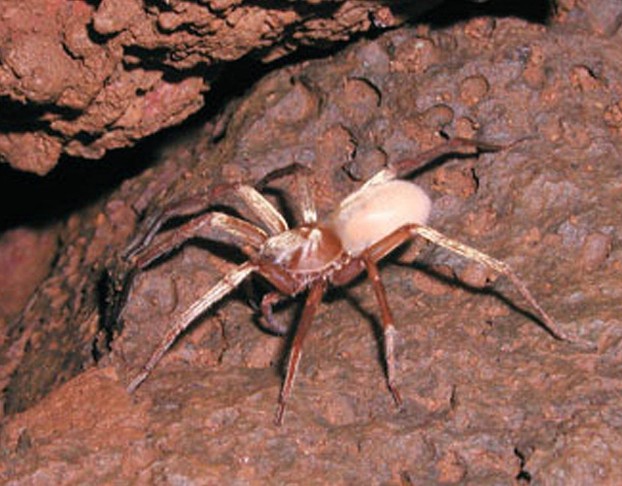
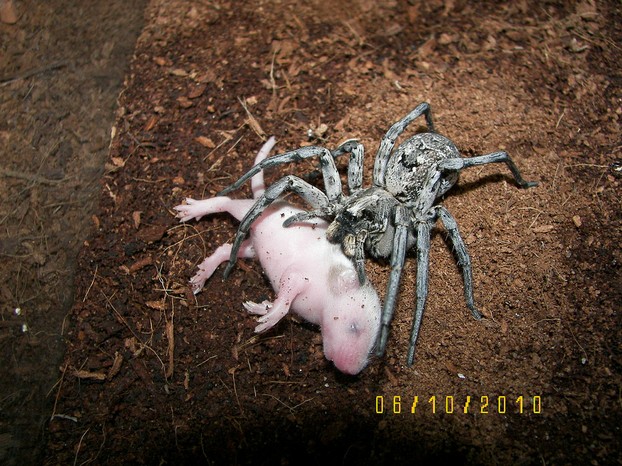
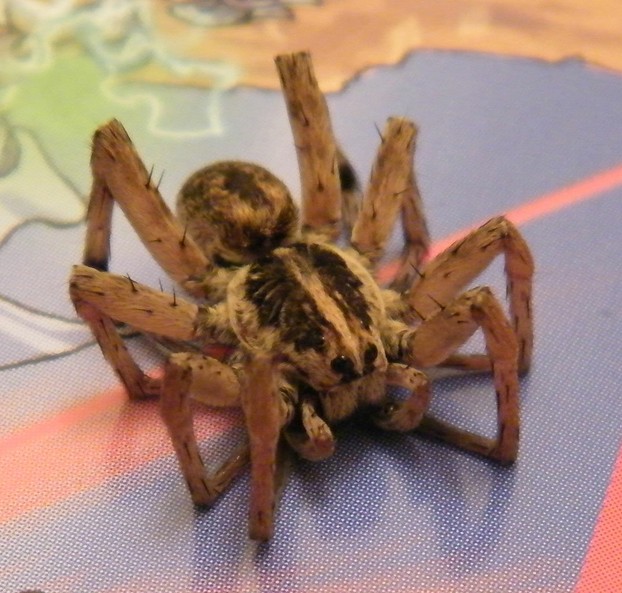
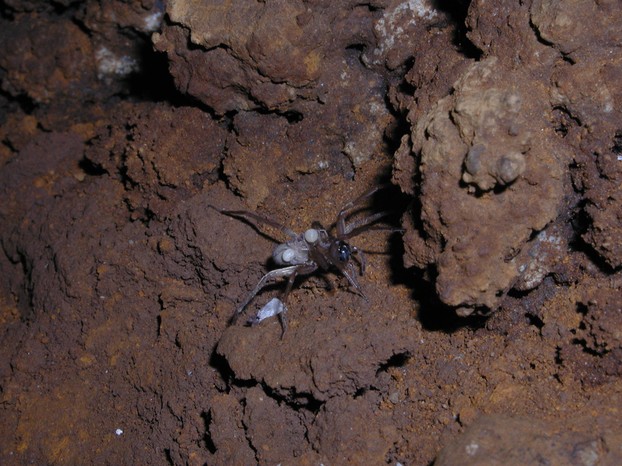



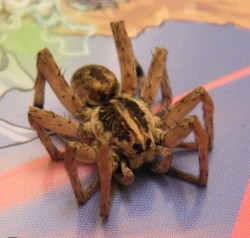

 Are Hawaiian Huakai Po Nightmarchers Avenging Halloween Thursday?on 10/02/2024
Are Hawaiian Huakai Po Nightmarchers Avenging Halloween Thursday?on 10/02/2024
 Mailing Addresses for 2023 Form 4868 Extending 1040 and 1040SR April 15, 2024, Due Dateon 04/15/2024
Mailing Addresses for 2023 Form 4868 Extending 1040 and 1040SR April 15, 2024, Due Dateon 04/15/2024
 Mailing Addresses for 2023 Forms 1040 and 1040SR Filed in 2024on 04/15/2024
Mailing Addresses for 2023 Forms 1040 and 1040SR Filed in 2024on 04/15/2024
 Mailing Addresses for 2022 Form 4868 Extending 1040 and 1040SR April 18, 2023, Due Dateon 04/13/2023
Mailing Addresses for 2022 Form 4868 Extending 1040 and 1040SR April 18, 2023, Due Dateon 04/13/2023

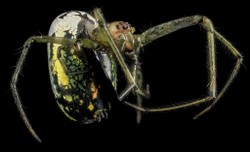
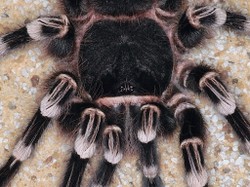
Comments
dustytoes, It unfortunately is important for people to know what tarantula and wolf spiders look like because otherwise a first-time, unwarned sighting can freeze someone in place. But then warned or not, seeing a super-big, super-hairy goliath tarantula -- the world's biggest known spider at 12 inches (30.48 centimeters) long -- is not one of the many upsides to time spent in Brazil.
Wow, your photos here are too realistic for comfort... hahaha...I remember stepping on a wolf spider when I lived in Florida and the baby spiders scattered everywhere... I thought it was creepy and disgusting! I try to be accepting of nature, but these big hairy spiders creep me out.
You need to put a warning at the top of this article!